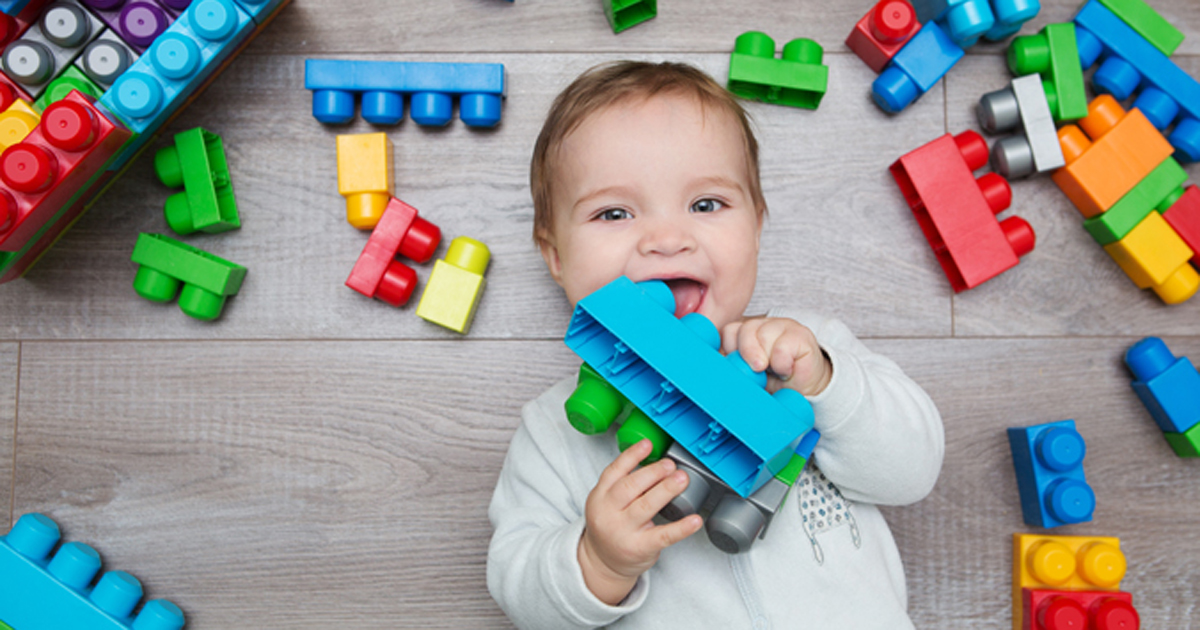Foreign body ingestions nearly double between 1995 and 2015
Click Here to Manage Email Alerts

The rate of foreign body ingestions among young children presenting to EDs throughout the United States nearly doubled in about 20 years, according to findings published in Pediatrics. Children were most likely to swallow pennies and button batteries, researchers said.
“Foreign body ingestions are quite common among young children,” Danielle Orsagh-Yentis, MD, a pediatric gastrointestinal motility fellow in the department of gastroenterology, hepatology and nutrition at Nationwide Children’s Hospital, told Infectious Diseases in Children. “Our study demonstrated a dramatic increase in the number of foreign body injuries between 1995 and 2015. The sheer number of these injuries is cause for concern.”
The researchers performed a retrospective analysis that included data on children aged younger than 6 years who were treated for foreign body ingestion between 1995 and 2015. During this period, the researchers estimated that 759,074 children were evaluated for ingestions in EDs throughout the United States.
The annual rate of foreign body ingestions increased 91.5% — from a rate of 9.4 per 10,000 children in 1995 to 18 per 10,000 children in 2015 (R2 = 0.9; P < .001). Boys (52.9%) and children aged 1 year (21.3%) were more likely to ingest foreign bodies. Most children (89.7%) were able to be discharged after their suspected ingestion.

More than half of children ingested coins (61.7%). Children also swallowed toys (10.3%), jewelry (7%) and batteries (6.8%). The rate of ingestion of these items increased significantly during the study period. This could be because these products are becoming more common in the home, Orsagh-Yentis explained.
When coins were ingested, children were most likely to swallow pennies (65.9%), and 85.9% of children who ingested batteries swallowed button batteries.
“Parents can keep their children safer by practicing safe storage,” Orsagh-Yentis said. “They should keep small items, especially button batteries, high-powered magnets and loose change up, away and out of sight of young children. Continued advocacy and product regulations are needed to keep children safe, and data show that vigilance, advocacy and regulations are effective.”
Orsagh-Yentis added that if parents think their child may have swallowed something, they should first call their child’s pediatrician to ask for advice. If they believe their child ingested a button battery or high-powered magnet, they should go to their local ED as quickly as possible. She suggested that bringing the remainder or packaging of the item to the physician can be “incredibly helpful,” although parents should not waste valuable time looking them. – by Katherine Bortz
Disclosures: The authors report no relevant financial disclosures.
